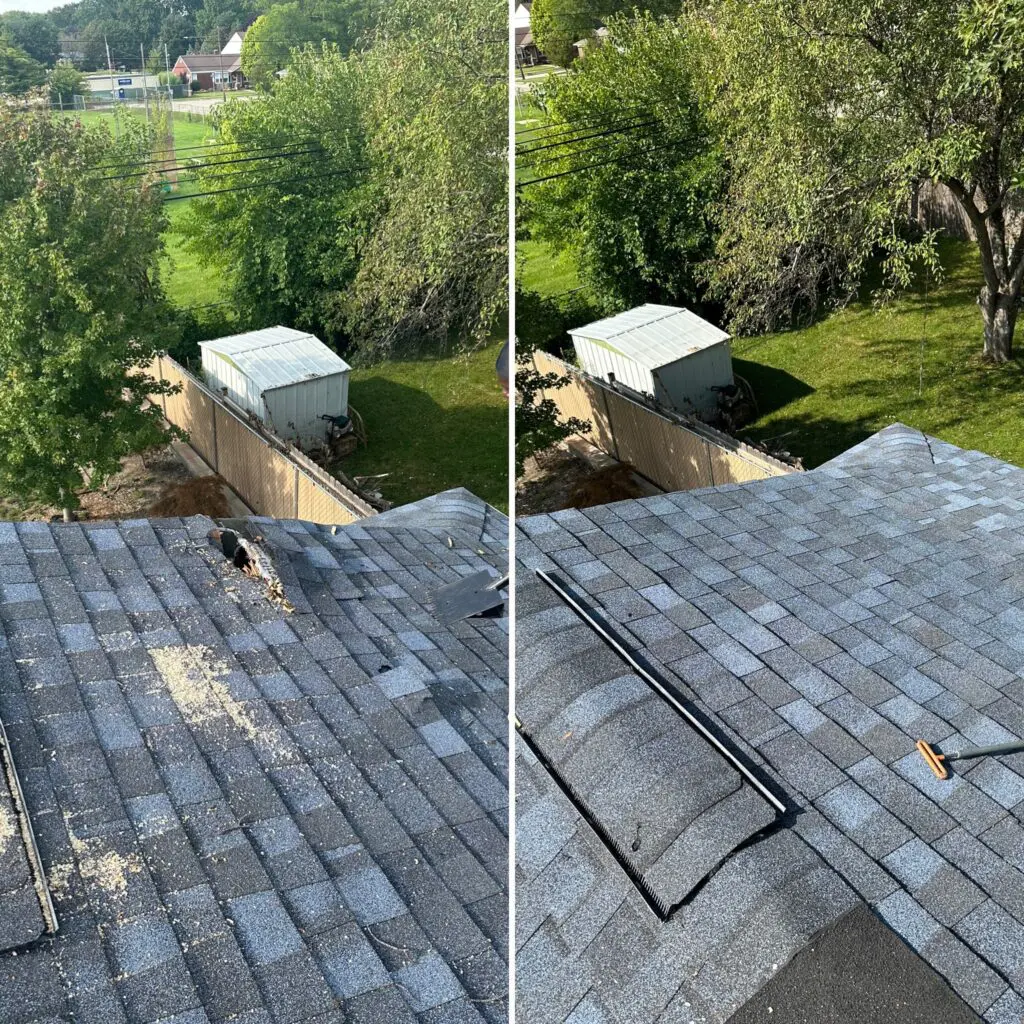Standing in your driveway, looking up at your roof, you might find yourself wondering: “How long will this last?” or “What are those dark streaks?” or “Is that shingle supposed to be curling like that?”
You’re not alone. Every homeowner has roofing questions, and finding clear, honest answers can feel overwhelming. Between confusing contractor estimates, conflicting online advice, and technical jargon that makes your head spin, getting the information you need shouldn’t be this hard.
That’s why we created this comprehensive roofing FAQ – to answer your most pressing questions about roofing in straightforward, practical terms. Whether you’re considering a roof replacement, dealing with a leak, or simply want to understand what’s above your head, we’ve got you covered.
At Leach Construction, we’ve been answering homeowners’ questions about roofing for years. We know that understanding your roof helps you make better decisions about maintenance, repairs, and replacements. So let’s dive into the most common roofing questions and answers that every homeowner should know.
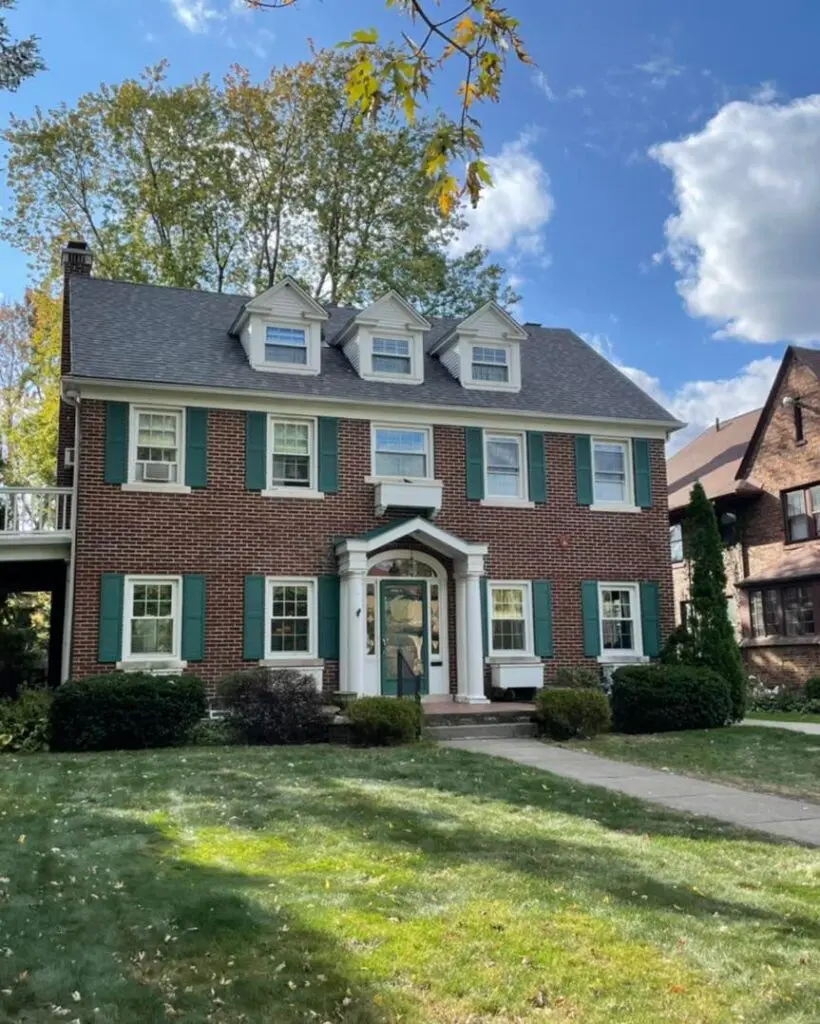
🏠 Understanding Different Types of Roofs
One of the most frequent questions about roofing we hear is: “What type of roof do I have, and does it matter?” The answer is yes – it absolutely matters. Your roof type affects everything from maintenance requirements to replacement costs.
What makes a gable roof so popular?
Gable roofs are everywhere for good reason. You’ll recognize them by their classic triangular shape – they’re simple, cost-effective, and work well in most climates. The straightforward design means lower installation costs and easier maintenance access.
Gable Roof Benefits:
- Cost-effective installation: Simple design means lower labor costs
- Excellent water drainage: Steep angles prevent water pooling
- Versatile material options: Works with asphalt shingles, metal, or tiles
- Easy maintenance access: Simple angles make inspections straightforward
Potential Drawbacks:
- Wind vulnerability: High winds can lift shingles more easily
- Snow load concerns: Steep angles can create uneven snow distribution
How does a hip roof compare to other styles?
Hip roofs slope down on all four sides, creating a more complex but stable structure. They’re excellent for areas with strong winds or severe weather because the four-sided design distributes stress more evenly.
Hip Roof Advantages:
- Superior wind resistance: Four-sided design handles storms better
- Stable structure: Even weight distribution reduces stress points
- Distinctive appearance: Elegant profile adds curb appeal
Considerations:
- Higher installation costs: More complex design requires skilled labor
- Maintenance complexity: More angles mean more potential problem areas
Are flat roofs actually flat?
Despite the name, flat roofs aren’t completely flat – they have a slight pitch (usually 1/4 inch per foot) to allow water drainage. They’re popular for commercial buildings and modern residential designs.
Flat Roof Benefits:
- Space efficiency: Maximizes interior space
- Accessibility: Easier to access for maintenance and inspections
- Modern aesthetic: Clean lines complement contemporary architecture
- Potential additional uses: Can support rooftop gardens or equipment
Maintenance Requirements:
- Regular drainage checks: Prevent water pooling
- Frequent inspections: Early detection of membrane issues
- Professional maintenance: Specialized materials require expert care
What about metal roofs – are they worth it?
Metal roofs are gaining popularity, and for good reason. They offer exceptional durability, energy efficiency, and environmental benefits that make them attractive to many homeowners.
Metal Roof Advantages:
- Longevity: Can last 40-70 years with proper maintenance
- Energy efficiency: Reflects heat, reducing cooling costs
- Weather resistance: Handles wind, hail, and fire better than most materials
- Environmental benefits: Often made from recycled materials and fully recyclable
Considerations:
- Higher upfront cost: More expensive initially but may save money long-term
- Noise during storms: Some homeowners notice more sound during heavy rain
- Expansion and contraction: Requires proper installation techniques
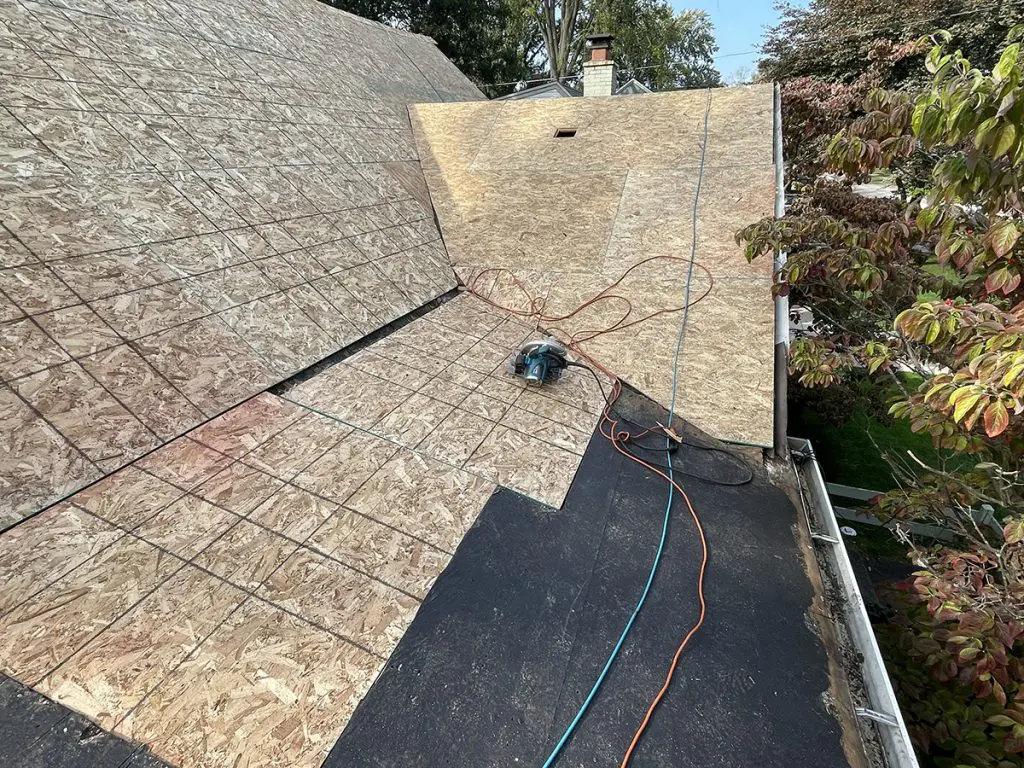
🔧 Roofing Materials: What Are Your Options?
When homeowners ask roofing questions, material selection is usually at the top of the list. Let’s explore the most popular roofing materials and help you understand which might work best for your situation.
Why are asphalt shingles so popular?
Asphalt shingles dominate the residential roofing market for several practical reasons. They offer the best balance of affordability, performance, and appearance for most homeowners.
Asphalt Shingle Benefits:
- Budget-friendly: Most affordable option for quality roofing
- Easy installation: Familiar to most contractors, reducing labor costs
- Variety of styles: Available in many colors and textures
- Reliable performance: 20-30 year lifespan with proper care
Types of Asphalt Shingles:
- 3-tab shingles: Basic, economical option
- Architectural shingles: Dimensional appearance, better durability
- Luxury shingles: Premium appearance, enhanced performance
How long do different roofing materials last?
Understanding material lifespans helps you make informed decisions about replacement timing and budgeting.
Material Lifespan Comparison:
- Asphalt shingles: 20-30 years (architectural can reach 50)
- Metal roofing: 40-70 years
- Clay tiles: 50-100 years
- Slate: 100+ years
- Wood shakes: 20-40 years
What makes slate roofing special?
Slate represents the premium end of roofing materials. It’s beautiful, incredibly durable, and can last over a century with proper care.
Slate Roofing Benefits:
- Unmatched longevity: Can last 100+ years
- Natural beauty: Unique appearance that ages gracefully
- Fire resistance: Natural stone won’t burn
- Color variety: Available in multiple natural tones
Important Considerations:
- Weight requirements: Requires structural assessment
- Installation expertise: Needs experienced contractors
- Higher cost: Significant upfront investment
Are there eco-friendly roofing options?
Environmental consciousness is driving interest in sustainable roofing materials. Several options combine performance with environmental benefits.
Eco-Friendly Materials:
- Recycled metal roofing: Made from recycled materials, fully recyclable
- Clay and concrete tiles: Natural materials, long-lasting
- Reclaimed wood: Sustainable option with character
- Cool roofing materials: Reduce energy consumption
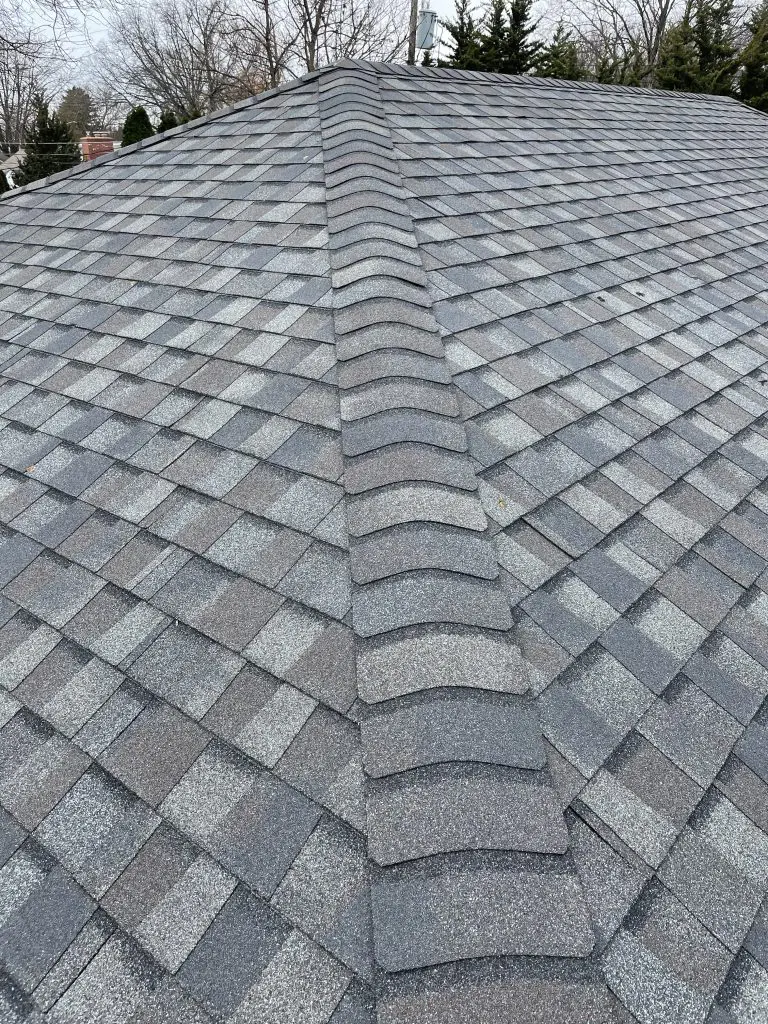
💰 Understanding Roofing Costs
Cost is always a major concern when homeowners have questions about roofing. Let’s break down the factors that influence pricing and help you understand what to expect.
How much does a new roof actually cost?
Roof replacement costs vary significantly based on several factors. Understanding these factors helps you budget appropriately and make informed decisions.
Typical Cost Ranges:
- Asphalt shingles: $5,000-$15,000 for average home
- Metal roofing: $8,000-$25,000
- Tile roofing: $10,000-$30,000
- Slate roofing: $15,000-$50,000+
What factors affect roofing costs?
Several elements influence your final roofing investment:
Primary Cost Factors:
- Material choice: Premium materials cost more upfront but may last longer
- Roof size: Larger roofs require more materials and labor
- Roof complexity: Multiple angles, dormers, and features increase costs
- Geographic location: Labor and material costs vary by region
- Existing roof condition: Structural repairs add to the total
Additional Considerations:
- Permits and inspections: Required in most areas
- Waste disposal: Removing old materials has costs
- Accessibility: Difficult-to-reach roofs cost more
- Seasonal timing: Peak seasons may have higher prices
Are there hidden costs I should know about?
Transparent contractors provide detailed estimates, but it’s important to understand what might not be included in initial quotes.
Potential Additional Costs:
- Structural repairs: Damaged decking or supports
- Ventilation upgrades: Improving attic airflow
- Gutters and downspouts: Often separate from roofing
- Skylight or chimney work: Specialized installations
- Permit fees: Vary by municipality
Questions to Ask Your Contractor:
- What exactly is included in your estimate?
- How do you handle unexpected structural issues?
- Are permits and inspections included?
- What warranty do you provide?
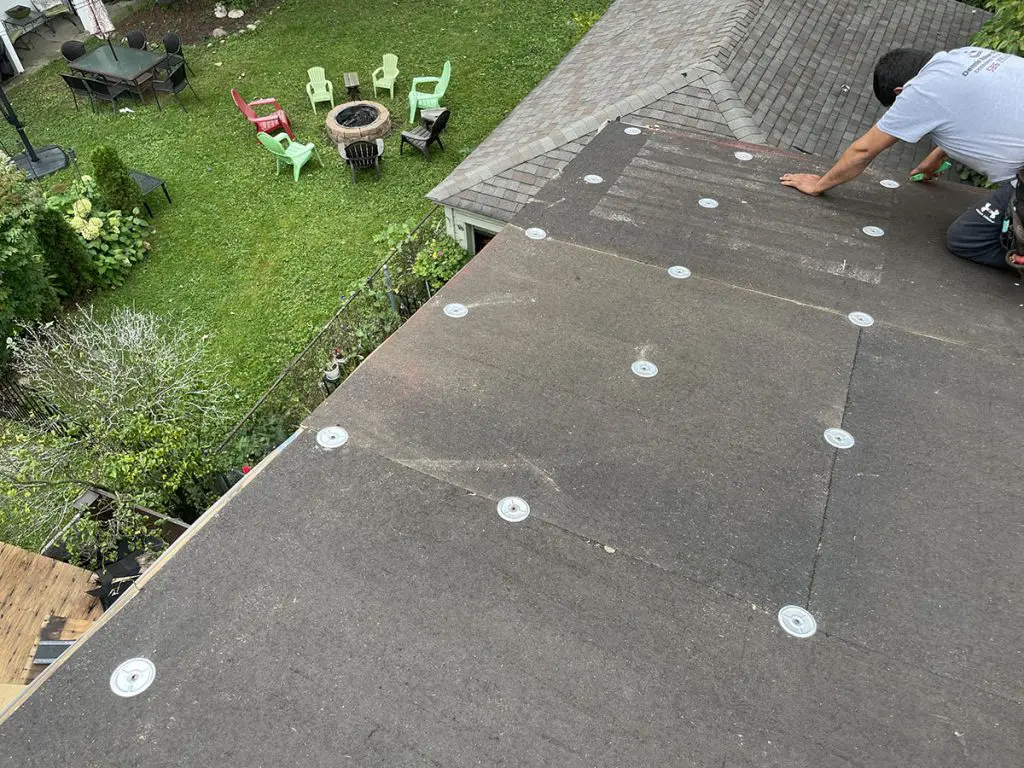
🔨 The Roof Installation Process
Understanding what happens during roof installation helps you prepare for the project and know what to expect from your contractor.
What’s the first step in roof installation?
Professional roof installation begins with thorough preparation and assessment. This foundation work is crucial for a successful project.
Initial Steps:
- Site preparation: Protecting your property and landscaping
- Safety setup: Installing safety equipment and barriers
- Material delivery: Organizing supplies for efficient installation
- Old roof removal: Carefully removing existing materials
- Deck inspection: Checking structural integrity
How long does roof installation take?
Timeline varies based on several factors, but most residential projects follow predictable patterns.
Typical Timeframes:
- Simple asphalt shingle roof: 1-3 days
- Complex or large roof: 3-7 days
- Metal roofing: 2-5 days
- Tile or slate: 5-10 days
Factors Affecting Timeline:
- Weather conditions: Rain or wind can cause delays
- Roof complexity: Multiple levels and features take longer
- Material type: Some materials require more careful installation
- Crew size: Larger teams can work faster
What safety measures should contractors take?
Professional contractors prioritize safety for both workers and your property.
Essential Safety Measures:
- Safety equipment: Harnesses, hard hats, and safety lines
- Property protection: Tarps and barriers to prevent damage
- Debris management: Systematic cleanup throughout the project
- Weather monitoring: Stopping work when conditions are unsafe
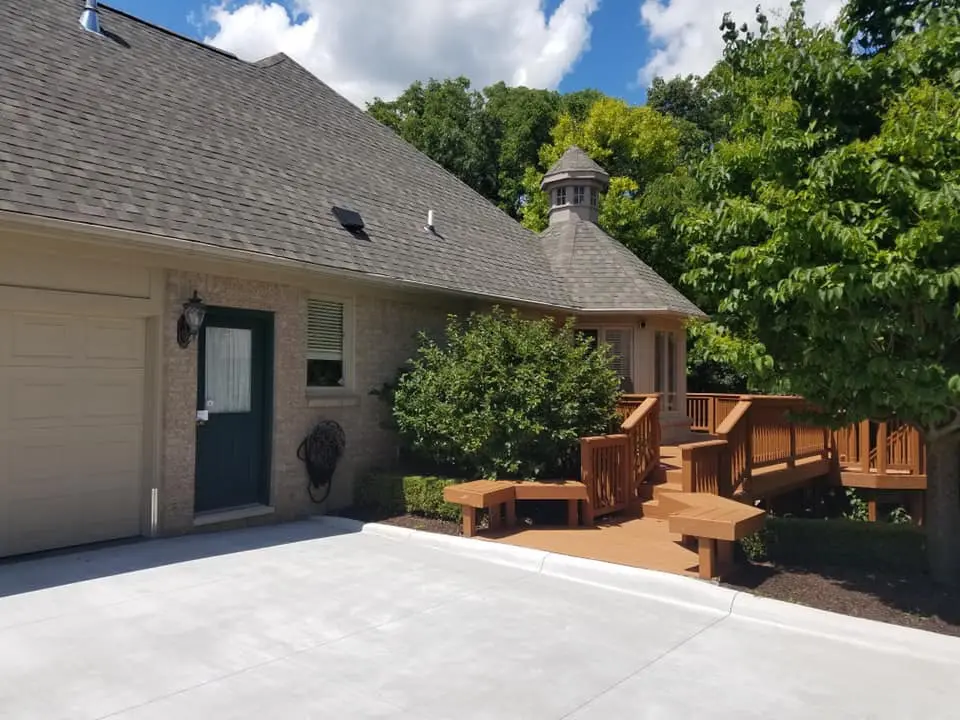
⚠️ Common Roofing Problems
Every homeowner eventually faces roofing issues. Understanding common problems helps you identify them early and take appropriate action.
What causes roof leaks?
Roof leaks are among the most common and concerning roofing problems. Understanding their causes helps with prevention and early detection.
Common Leak Causes:
- Damaged or missing shingles: Storm damage or age-related deterioration
- Flashing failures: Problems around chimneys, vents, or roof intersections
- Clogged gutters: Water backup causing overflow
- Ice dams: Winter ice preventing proper drainage
- Ventilation issues: Condensation problems from poor airflow
Signs of Roof Leaks:
- Water stains on ceilings or walls: Brown or yellow discoloration
- Peeling paint or wallpaper: Moisture damage indicators
- Musty odors: Potential mold growth from moisture
- Dripping sounds: Especially during or after rain
How can I prevent storm damage?
Proactive maintenance and preparation can minimize storm-related roofing problems.
Prevention Strategies:
- Regular inspections: Check for loose or damaged shingles
- Tree maintenance: Trim branches that could fall on your roof
- Gutter cleaning: Ensure proper water drainage
- Ventilation checks: Prevent moisture buildup
- Professional assessments: Annual contractor inspections
What are the signs of a failing roof?
Recognizing early warning signs helps you address problems before they become major issues.
Warning Signs:
- Granules in gutters: Indicates shingle deterioration
- Curling or buckling shingles: Age or moisture damage
- Sagging roof areas: Potential structural problems
- Light through roof boards: Visible from attic
- Increased energy bills: Poor insulation or ventilation
How do I maintain my roof’s health?
Regular maintenance is the key to extending your roof’s lifespan and preventing costly repairs.
Maintenance Schedule:
- Monthly: Visual inspection from ground level
- Seasonally: Gutter cleaning and closer inspection
- Annually: Professional inspection and maintenance
- After storms: Damage assessment and prompt repairs
DIY Maintenance Tasks:
- Keep gutters clean: Remove debris regularly
- Trim overhanging branches: Prevent damage and debris
- Check for loose shingles: Address minor issues quickly
- Monitor for leaks: Regular interior inspections
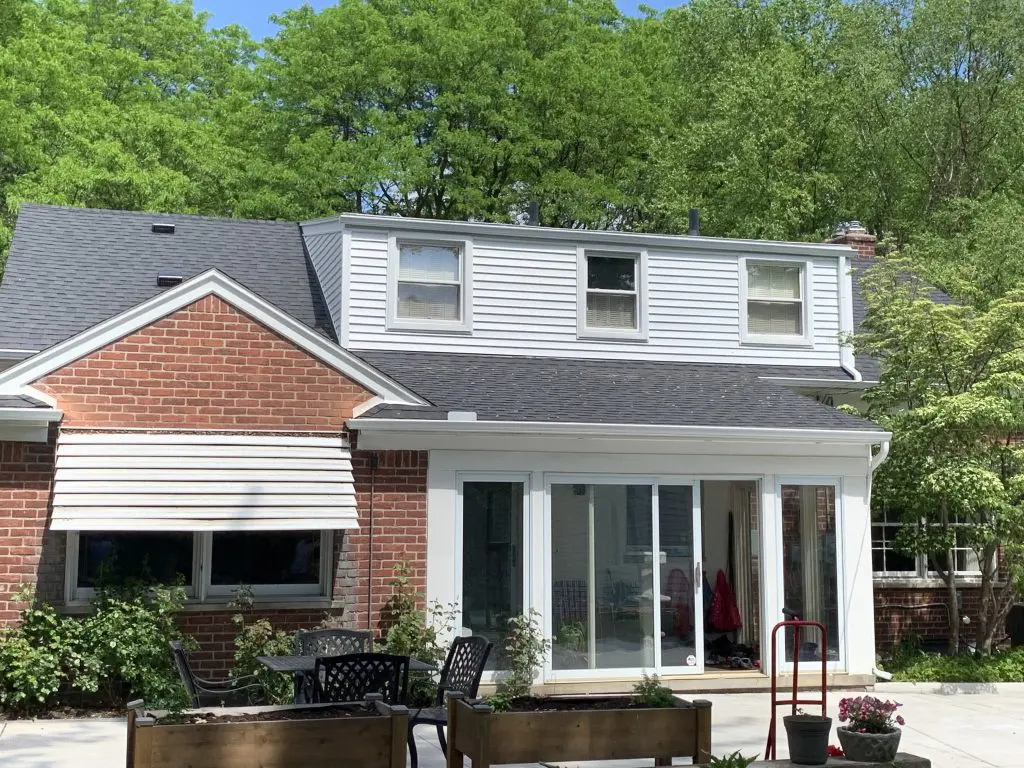
🔍 Choosing the Right Roofing Contractor
Selecting the right contractor is crucial for successful roofing projects. Here’s how to make an informed choice that protects your investment.
What qualifications should I look for?
Professional roofing contractors should meet specific standards that protect both you and your property.
Essential Qualifications:
- Valid licensing: Current state and local licenses
- Insurance coverage: Liability and workers’ compensation
- Manufacturer certifications: Training in specific products
- Industry experience: Proven track record in your area
- Local reputation: Established business with references
What questions should I ask potential contractors?
The right questions help you evaluate contractors and make informed decisions.
Key Questions to Ask:
- How long have you been in business?
- Can you provide current license and insurance documentation?
- Do you have manufacturer certifications?
- Can you provide local references from recent projects?
- What does your warranty cover?
- How do you handle unexpected complications?
- What safety measures do you implement?
- Do you use subcontractors?
- How do you ensure job site cleanup?
- What is your payment schedule?
How do I verify a contractor’s reliability?
Thorough research helps you identify trustworthy professionals who will deliver quality work.
Verification Steps:
- Check online reviews: Google, Yelp, and Better Business Bureau
- Contact references: Speak with recent customers
- Verify insurance: Confirm coverage is current
- Check licensing: Verify with state and local authorities
- Review contracts carefully: Ensure all details are clear
What should I expect from the contract?
A comprehensive contract protects both parties and ensures clear expectations.
Contract Essentials:
- Detailed scope of work: Specific materials and procedures
- Timeline and milestones: Start and completion dates
- Payment schedule: When payments are due
- Warranty terms: What’s covered and for how long
- Change order procedures: How to handle modifications
- Cleanup responsibilities: Who handles debris removal
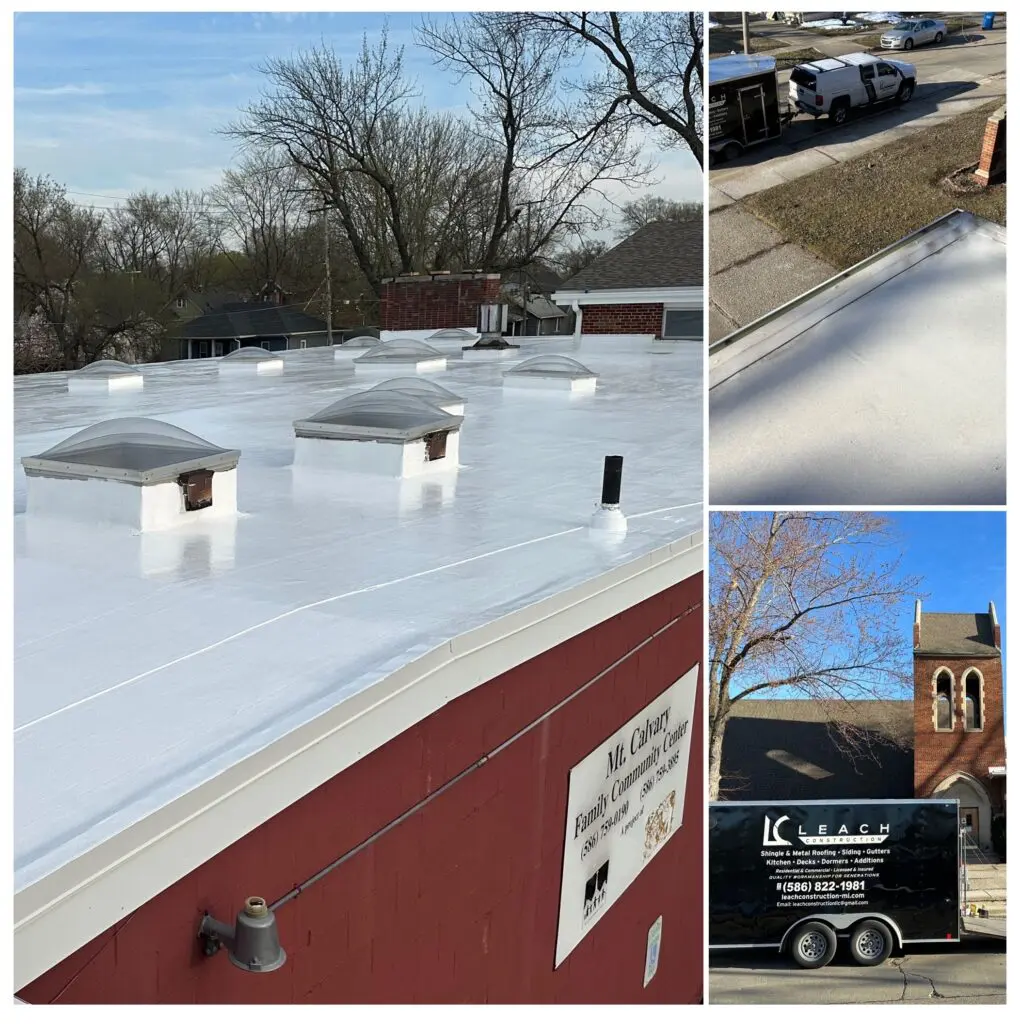
Ready to Address Your Roofing Needs?
We hope this comprehensive roofing questions and answers guide has helped clarify the complex world of roofing. From understanding different roof types to choosing the right contractor, knowledge empowers you to make informed decisions about your home’s protection.
Key Takeaways:
- Regular maintenance prevents major problems: Small investments in upkeep save money long-term
- Material choice affects longevity and cost: Balance upfront costs with long-term value
- Professional installation matters: Quality workmanship ensures optimal performance
- Early problem detection saves money: Address issues before they become major repairs
When to Call Professionals:
- Signs of structural damage: Sagging, leaks, or missing shingles
- Age-related concerns: Roofs nearing end of expected lifespan
- Storm damage assessment: Professional evaluation after severe weather
- Maintenance planning: Developing long-term care strategies
Remember, your roof is one of your home’s most important investments. Whether you need routine maintenance, emergency repairs, or complete replacement, working with experienced professionals ensures the job is done right.
At Leach Construction, we’ve been answering homeowners’ roofing questions for years. Our experienced team understands Michigan’s unique climate challenges and can provide the expertise you need to protect your home.
Our Promise: We guarantee transparent communication, quality workmanship, and comprehensive warranties that protect your investment. When you have questions about roofing, we’re here to provide clear, honest answers.
Contact us today to discuss your roofing needs. Whether you need a simple inspection or a complete roof replacement, we’re ready to help you make informed decisions about your home’s protection.
Your roof questions deserve expert answers – let’s start the conversation today!

